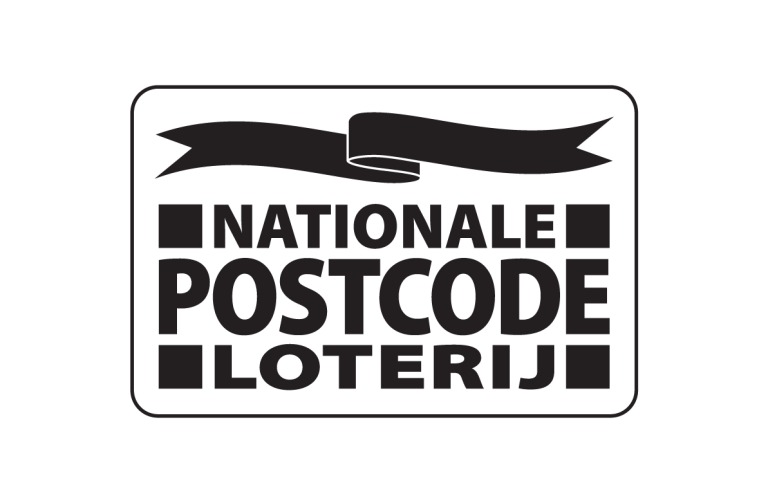Resting Reef
UK & Mexico | Products
In nature, nothing is wasted — not even death. But today, most people are buried using methods that involve toxic chemicals and end up polluting our soil and groundwater. Meanwhile, a typical cremation adds about 400kgs of CO2 into the atmosphere. How can we find our way back to a more restorative end? Created by Louise Skajem and Aura Murillo, Resting Reef answers this call by offering meaningful eco-burials that regenerate marine ecosystems at the same time. The process involves turning cremated ashes into underwater urns that double as artificial reefs, where oysters can live and thrive. Each organic capsule is 3D-printed using a composite that also contains seafood waste, making them circular in more ways than one. They’re also beautifully designed and could help to prevent coastal erosion over time.
Photo: Resting Reef.












